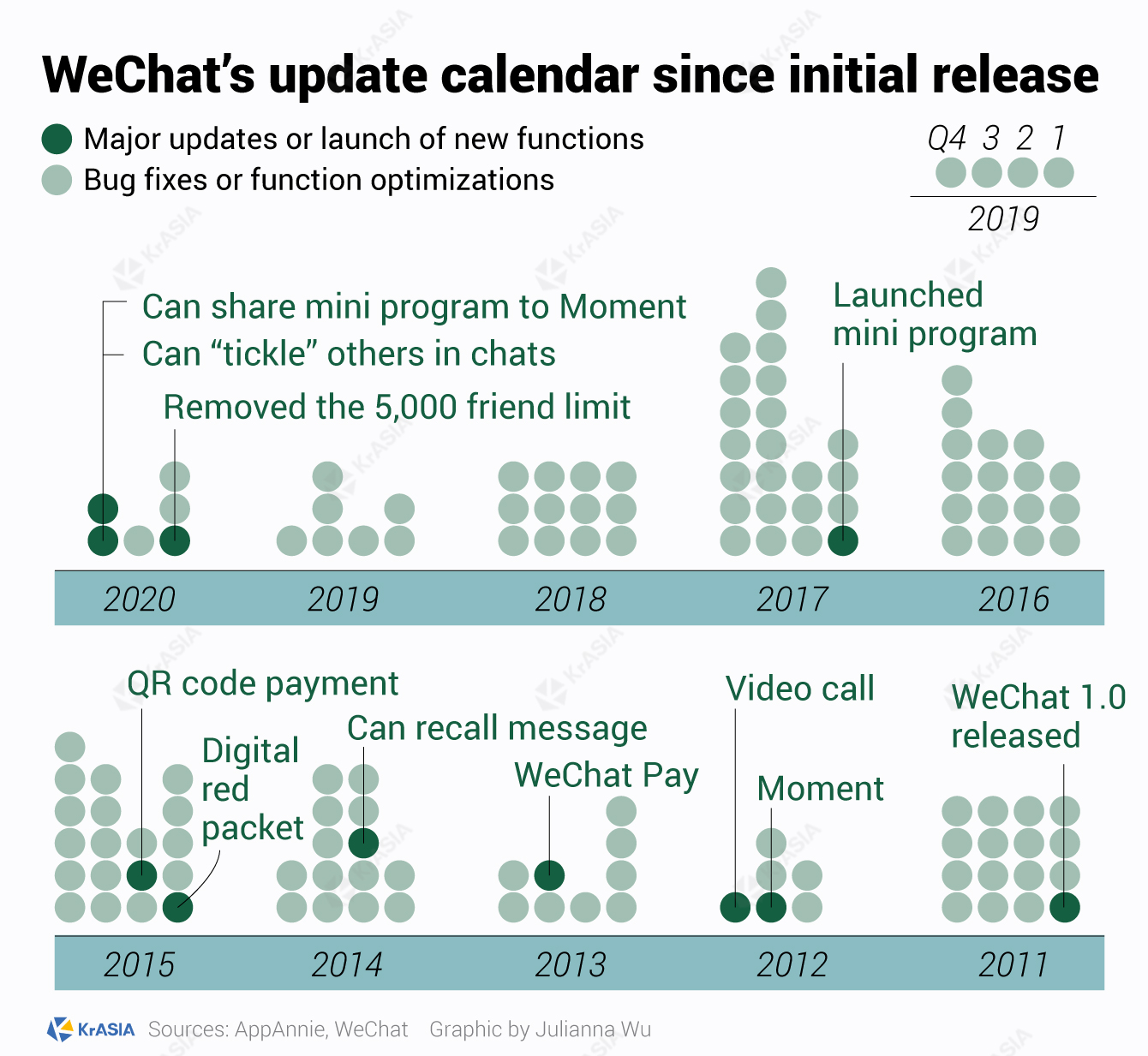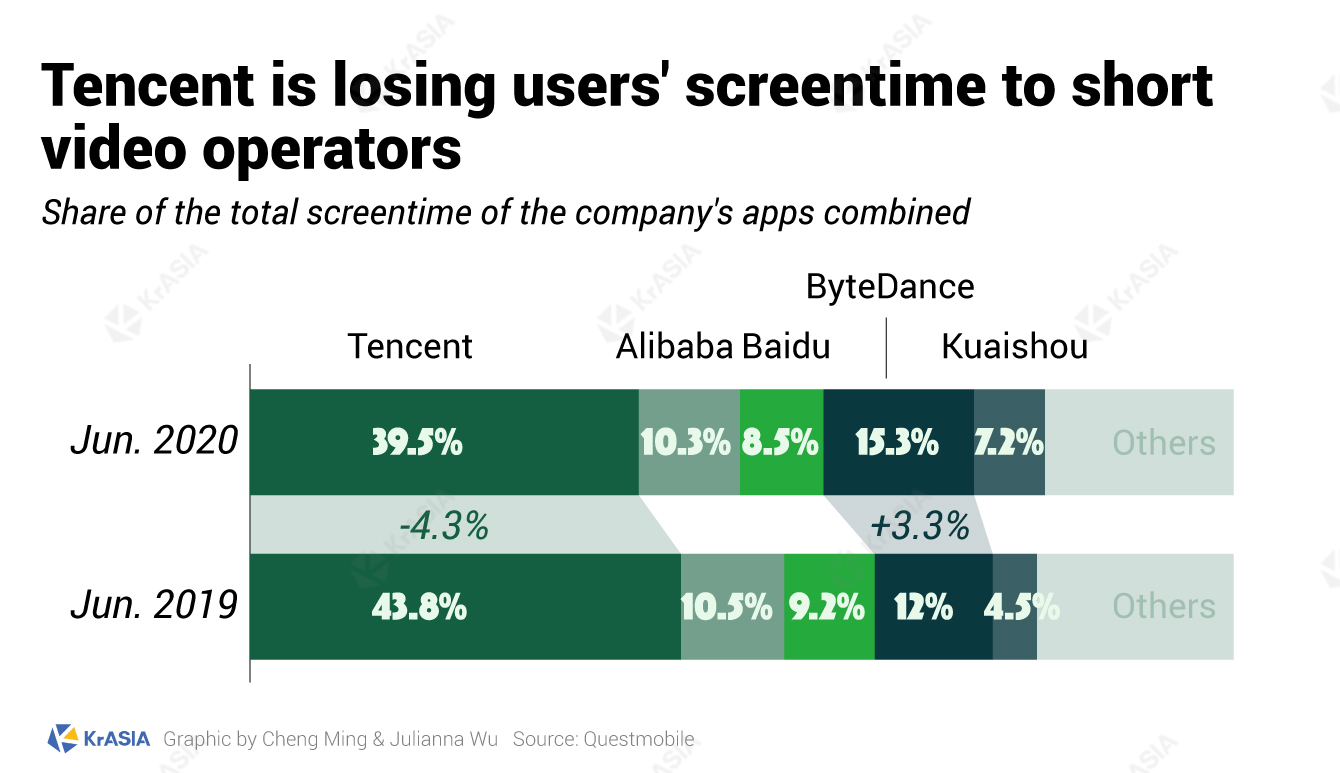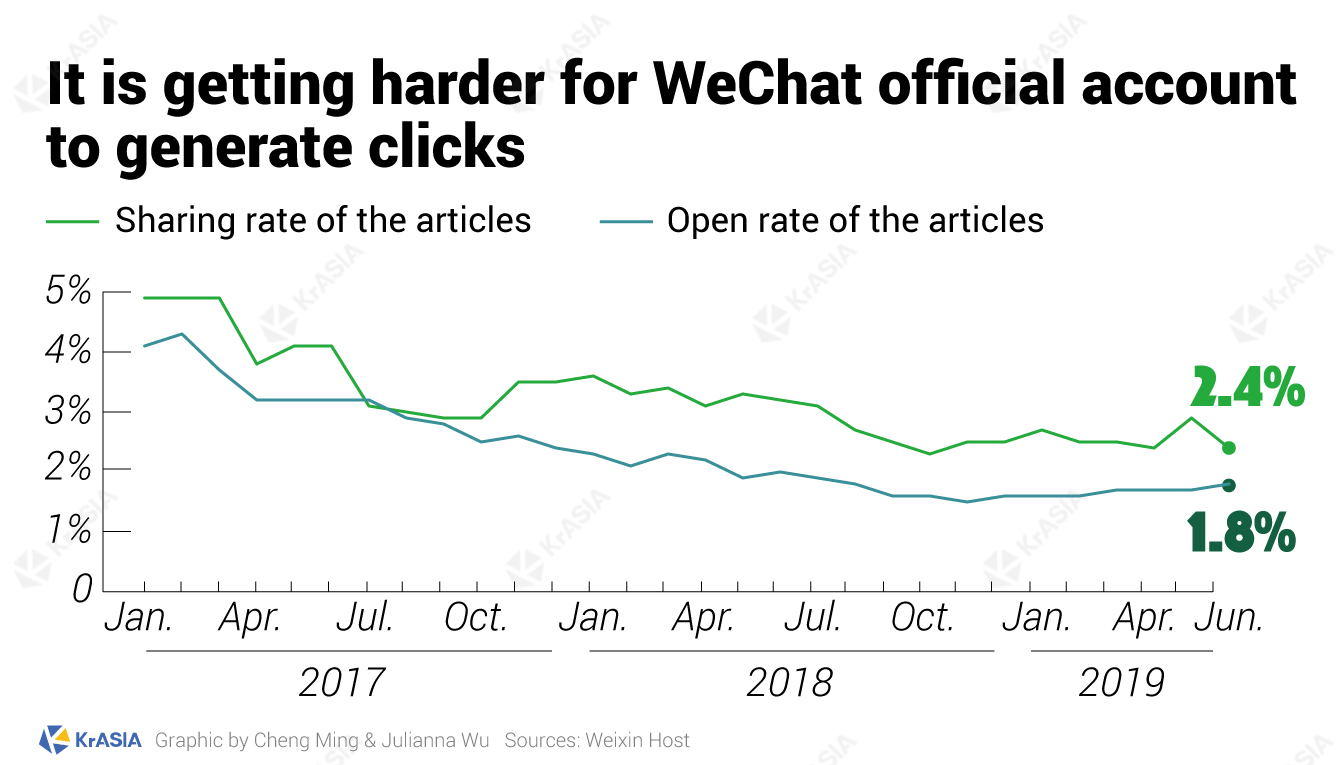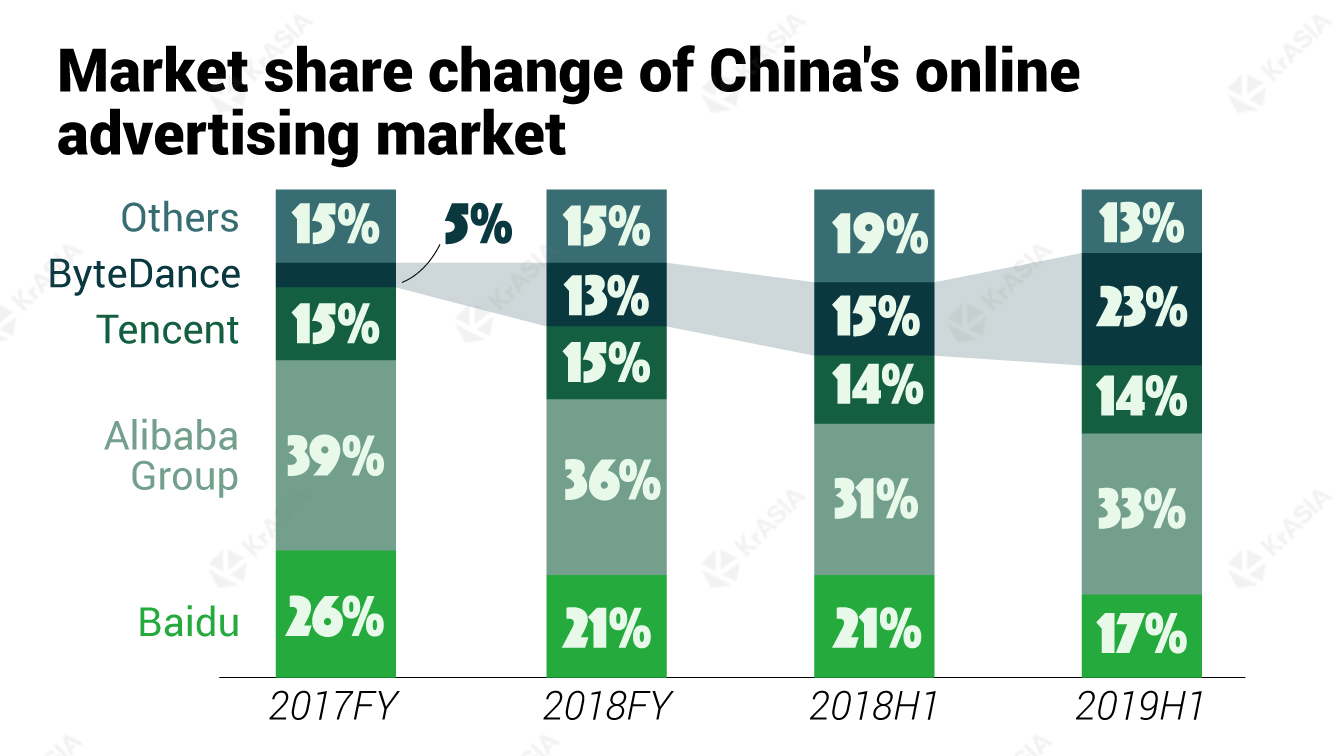On August 7, US President Donald Trump, citing national security concerns, signed an executive order to prohibit people or entities in the U.S. or subject to U.S. jurisdiction from engaging in transactions concerning WeChat with its parent company Tencent (HKG: 0700).
The latest strike from the US against Chinese tech companies does not just exacerbate the tension between the world’s two largest economies, but also casts a shadow over some of Tencent’s future prospects since the language of the order is broad and not clear yet. Tencent over the years has invested in or worked with a bevy of US-based companies ranging from game developers to movie studios. The order, if specified later, might deal serious damage to Tencent’s business.
As of now, the immediate concern is that Apple and Google might have to remove WeChat from their app stores, costing WeChat a small user pool in the States. However, given the vagueness of the order, some in China who use iPhones already got anxious over deciding whether they should give up iPhones if the WeChat ban goes that far.
And their anxiety is something any Chinese with a smartphone could empathize with, simply because that over its almost decade-long journey, Tencent has managed to turn WeChat into a platform that’s synonymous with mobile internet in China. It’s ubiquitous, and it’s an app of apps, thanks to its super app status.
Per Tencent’s (HKG: 0700) latest quarterly earnings result, WeChat and its Chinese version Weixin have a combined 1.2 billion monthly active users, up 6.5% from the first quarter of 2020. It is not just the most popular chatting platform in China, but also the most-used app in the nation in general.
The 6.5% quarter-on-quarter growth represents the highest single-quarter MAU increase for WeChat in recent years. While it seems that the app and its parent company have little to worry about at least in its domestic market, challenges await. In addition to what’s looming overseas, WeChat is also under siege in its home turf.
WeChat’s anxiety
Before 2020, WeChat was known as a very “restrained” app, meaning that it’s always been very cautious in rolling out new features—with spirited internal deliberation to make sure new additions won’t compromise its user experience.
To put the WeChat team’s “restraint” into context, in 2019, WeChat released seven updates, whereas Tencent’s mobile QQ had 13 and Alibaba’s super app Alipay had 14.
It took ByteDance less than three months to release the first version of TikTok’s Chinese version Douyin after the project began, while WeChat spent around four months on testing just the mini-program feature before an eventual rollout.
All of this has changed in 2020, as WeChat has put out major function updates almost every month, no longer adhering to the rules it set before. It finally allows, for instance, users to share mini-program to Moments, the timeline function, and have removed the limitation of the 5,000 friends one account can have.

WeChat’s anxiety and as a result, its push to change its release pattern mostly comes from the mounting pressure associated with the rapid rise of China’s short-video duo Douyin and Kuaishou. They are capturing users’ attention with their content, stealing the thunder from Tencent as the Chinese social media king. Tencent has been trying to catch up in this field by releasing dedicated short-video apps to compete, with serial failures in 2019, KrASIA reported.
In June, many of WeChat’s updates were related to “Channels”, the short-video addition on WeChat that Tencent hopes can rival Douyin and Kuaishou. Local media citing industry insiders claimed that this would be Tencent’s last chance to challenge ByteDance’s dominance in the short-video sector.

On a separate note, WeChat official accounts, the publishing platform where millions of businesses distribute information to the chatting app’s 1.2 billion users, is seeing a decline in activity in terms of articles shared and clicked/read over the past few years.

Declining share of digital advertisements
For Tencent, losing out to short-video apps over screentime could lead to a bigger problem for them: advertising revenue.
In the past few years, ByteDance has overtaken Tencent, and then Baidu (NASDAQ: BIDU), to become the second-biggest digital ad platform in the country by market share, trailing only Alibaba. WeChat now ranks behind ByteDance’s Douyin and news aggregator Toutiao on advertising revenue.


In the quarter past, Tencent’s total advertising revenues reported a 13% year-on-year growth, the slowest among all of the tech giants’ businesses. Moreover, online media advertising revenues decreased by 25% due to “lower advertising revenues from Tencent Video as a result of weak brand advertising demand amid the challenging macro environment,” said the Shenzhen-based corporate in their financial result released last week.
The only silver lining among the unsatisfactory ad revenue was brought in by WeChat, as Tencent cited the rapid advertising impressions growth of WeChat properties, particularly Moments, for the 27% YoY growth of its social and other advertising revenues.
With the frequent updates in 2020, it seems that WeChat has determined to jump out of its comfort zone and fight for screentime and ad revenue again, as Tencent puts out its vision in the quarterly report:
“We believe the Weixin (WeChat’s Chinese name) ecosystem is redefining China’s online advertising by enabling advertisers to sustain relationships with their users in their own private domains, such as official accounts and mini programs, with the result that our advertisers are effectively investing in long-term and loyal customer relationships, rather than just purchasing one-time transactions.”
